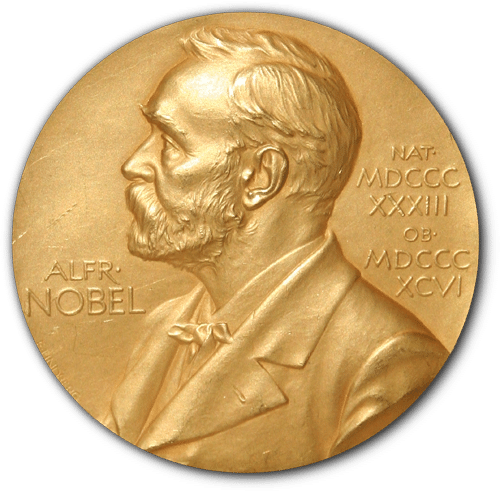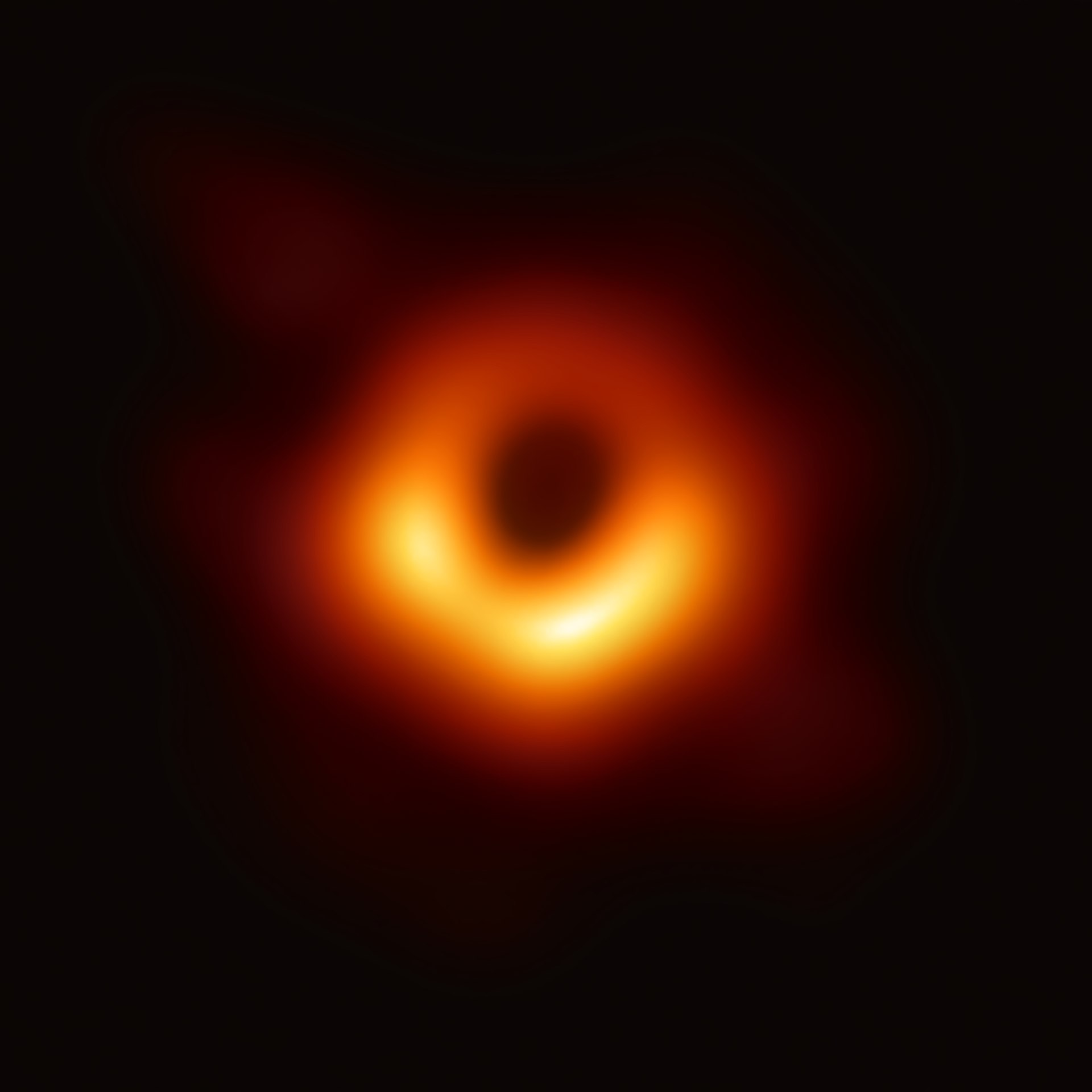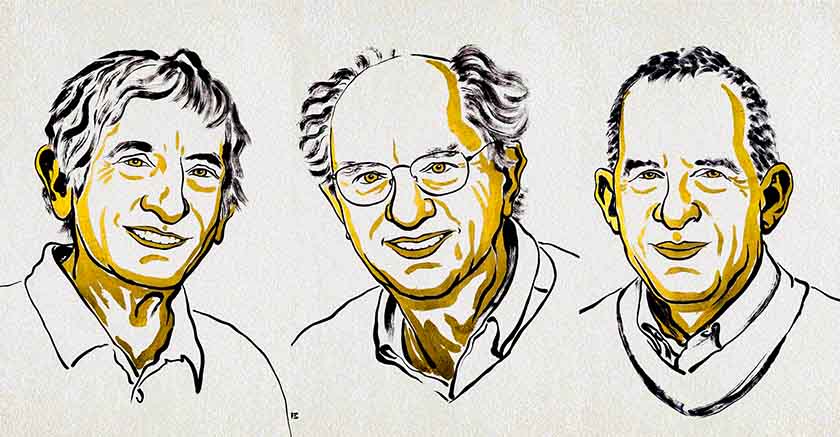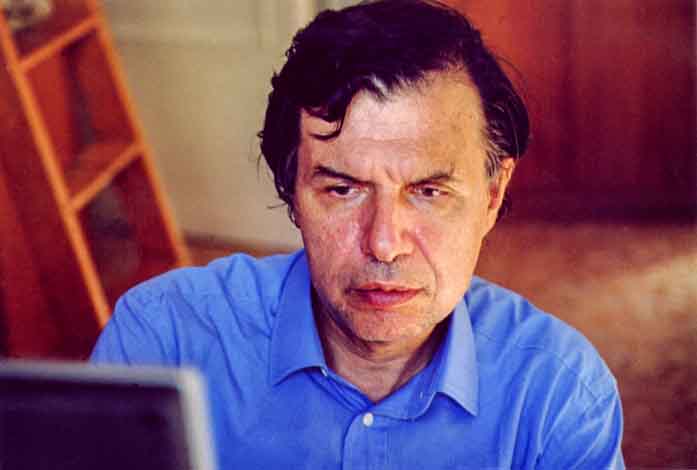This year's prestigious Nobel Prize in physics went to three outstanding scientists. Half (50%) of the award went to the famous British mathematician and physicist Sir Roger Penrose of the University of Oxford. It is of particular interest to us, as the scientist has recently been working closely with Polish scientists. The remainder of the award (25% each) was split equally between two astrophysicists associated with California University at Berkeley: Reinhard Genzel and Andrea Ghez.

Source: Wikipedia/Public Domain
All three winners are interested in astrophysics related to some of the most exotic and fascinating celestial bodies known as black holes.
What Are Black Holes?
Simply put, they are objects so dense and massive that their force of attraction - gravity - is so strong that it prevents anything from escaping from their abyss: no particles of matter, and even no rays of light. Light particles (photons) are subject to gravity just like all other material particles. So everything that gets near such a massive black hole, inside the so-called event horizon, even light and other types of electromagnetic radiation, is captured practically forever, thereby increasing the mass of the black hole itself, and at the same time deepening its gravitational attraction. In this way, the black hole itself is constantly gaining mass, devouring the surrounding matter faster and faster.
How do we know about black holes? The idea that there can be such a massive body that even light cannot escape from it was postulated in 1783 by the English geologist John Michell in a paper sent to the Royal Society. At that time, Isaac Newton's theory of gravity was in effect, and the concept of escape velocity already existed. Michell considered that there might be many such objects in space that prevent even light from escaping. However, Newton's theory of gravitation did not impose an upper limit on the escape velocity, so it did not allow for a more precise definition of black holes.
General Theory of Relativity describes black holes more precisely. They are the theoretical consequence of this description of the structure of the universe, proposed in 1915 by Albert Einstein himself. For many years, black holes were pure theory. They could not be directly observed almost by definition: they do not allow light to escape, and therefore cannot be seen the way we see stars, for example. Since they do not allow any radiation to escape, they cannot be directly observed in any electromagnetic band, that is, neither in gamma rays, nor x-rays, nor ultraviolet or infrared, nor radio waves.
The only effect black holes have on their surroundings is their gravitational pull. Thus, the only way to actually detect the presence of a black hole in space is to indirectly observe the matter around it - that, which we can "see" in one way or another - and infer from the behavior of that matter how it is being influenced by a very strong gravity, the source of which cannot be directly seen .
The name "black hole" (ang. Black Hole ) describing the object was first offered in 1969 by an American astrophysicist John Wheeler.
This year's laureate, British mathematician and astrophysicist Sir Roger Penrose, based on the calculations of Einstein's General Relativity, provided a solid and reliable theoretical basis for the conclusion that black holes are an inevitable consequence of this Theory. Einstein himself did not believe that black holes really existed. It was only Penrose that showed that the mathematical structure of General Relativity required their existence long before their practical observations.
The first solution to Einstein's equation for these objects was presented by Karl Schwarzschild, but not taken too seriously. It wasn't until January 1965, ten years after Einstein's death, that Roger Penrose published that black holes can really form and described them in detail. In their heart, black holes hide the so-called singularity, at which all the known laws of nature break down. His landmark paper of 55 years ago is still considered the most important contribution to General Relativity since Einstein.
How Are Black Holes Formed?
The mass of an ordinary star like our Sun is subject to two opposing forces: gravity trying to squeeze it to a central point, and the pressure of hot gas trying to tear the star apart. A star is stable to survive as long as the two forces balance each other. When gravity takes over, there is gravitational collapse.
For a black hole to form, it is necessary to accumulate a sufficiently large mass in a sufficiently small volume. This can happen in several ways. One of them is the gravitational collapse of a massive star with a mass more than 20 times the mass of the Sun. The final stage in the development of such a massive star can look very impressive when the star explodes as a so-called supernova.
A supernova explosion can generate more energy than the rest of the galaxy in which such a supernova occurs. Most of the matter that made up the supernova is thrown into space, enriching it with heavy elements. What usually remains in the center after the explosion is the incredibly dense and massive so-called neutron star. If the mass of a neutron star exceeds about 3 times that of the Sun, the neutron star continues to collapse by gravity and a black hole is formed.
Earlier this year, astronomers found a black hole quite close to our solar system, about 1,000 light-years from Earth, where a two-star system called HR 6819 was observed and a third, previously unknown body was detected. Spectrographic data showed that one of the two visible stars orbits the invisible object every 40 days, and the other star is far away from this inner pair. Only a black hole can be the invisible object whose mass is 4 times that of the Sun.
Earlier, several dozen other black holes were detected in our Galaxy, for example on the basis of the fact that matter falling on them, forming the so-called the accretion disk, accelerates to high speeds/energies and generates huge amounts of radiation due to friction, ionization and strong acceleration of the absorbed particles, strongly "shining" in the X-ray band; or the fact of gravitational interference with the trajectories of stars bound in so-called binary systems with a black hole. This latest discovery earlier in the year, however, is by far the closest black hole ever discovered.
Black holes are so common in the universe that they even collide. On September 14, 2015, LIGO (Laser Interferometer Gravitational-Wave Observatory) recorded for the first time in history a spike of gravitational waves as a result of the collision of two black holes, 1.3 billion light years from Earth. This observation confirms the theoretical predictions of Einstein and others that such an event could occur.
Black Holes in Galaxy Cores
Another category is supermassive black holes, with masses in excess of millions of solar masses. It has long been suspected that such black holes are found at the core of most galaxies, including our Milky Way. On April 10, 2019, the first ever photograph of a shadow of a black hole at the center of the galaxy M87 (distant 53 million light-years), obtained thanks to the project EHT (Event Horizon Telescope), made headlines around the world.
An image of M87* centered on the supermassive black hole at the core of the galaxy M87; generated on the basis of data obtained by the Event Horizon Telescope.
This year's laureates, Reinhard Genzel and Andrea Ghez, since the early 1990s, independently lead groups of astronomers that have been focusing on a region of the sky called Sagittarius A*, where our galaxy's center lies. Using the world's largest telescopes, Genzel and Ghez developed methods of observing through the fog of huge clouds of interstellar gas and dust all the way to the center of the Milky Way. They constructed new instruments and developed techniques to compensate for distortions caused by the Earth's atmosphere, thus making it possible to observe previously unseen details around the heart of the Milky Way.
Both groups found an extremely heavy, invisible object that drags a "tail" of stars behind it, causing them to fly at dizzying speeds, equal to more than 2% of the speed of light. Everything indicates that in a region no larger than our Solar System, about 4 million masses of the Sun are tightly packed together. This is compelling evidence for the existence of a black hole at the center of the Milky Way, and it is for this reason that these researchers jointly received half of this year's Nobel Prize in physics.
Black Holes "Evaporate"
In 1974, the recently deceased, famous British astrophysicist Stephen Hawking proved, while trying to actually prove the opposite, that there is a quantum process by which a black hole with its gravitational field can emit radiation, which leads to a reduction in its mass and size - its gradual fade out. In a way, the black hole "evaporates" and disappears very slowly. This quantum radiation is an extremely slow and long-lasting process, but quite important from the point of view of cosmology. It is a hint that black holes are not eternal; sooner or later, they will return all their mass back in the form of Hawking radiation.
Black Holes and Cosmology
We know beyond any doubt that the Universe is expanding - galaxies are running away from each other, and therefore the average density of matter drops. Hence the obvious conclusion that it used to be larger than today, which is also confirmed by observations. In addition, relatively new observations indicate that the expansion of the universe is accelerating rather than slowing it down. It follows that there was once the beginning of the Universe, and the future of the Universe, according to the present cosmological models, will be a limitless exponential expansion of space.
All stars will burn out one day, when they run out of nuclear "fuel". We know from the laws of thermodynamics that a quantity called entropy, or a measure of disorder, grows in the Universe. Our Universe is said to have "started" with the Big Bang with very little entropy. The final state of the process of entropy increase are black holes, objects with theoretically very high entropy. All of the matter in the universe may eventually accumulate into one or more black holes, which in turn, as we said, will also "evaporate". In this way, everything - all matter - will turn into radiation, more and more rarefied and therefore cooler as space expands exponentially. In about 10^100 years, only radiation will remain in the Universe.
These are deliberations that constitute the starting point for a very original, but currently highly speculative, cosmological theory of one of this year's Nobel laureates. Sir Roger Penrose presented in 2005 the so-called Conformal Cyclic Cosmology (CCC). This theory takes up the challenge of explaining the Universe's very low entropy in the Big Bang and its continuous increase in accordance with the Second Law of Thermodynamics. It mathematically links the singularity characterizing the beginning of the Universe with its ultimate destiny, as it expands exponentially "to infinity". According to the CCC, both of these states are actually the same, taking into account a mathematical procedure called conformal transformation.
We will not delve into this theory here, but only mention it to bring up the names of Roger Penrose's close Polish associates, such as Prof. Krzysztof Meissner from the University of Warsaw, or Dr. Paweł Nurowski from the Center for Theoretical Physics of the Academy of Sciences in Warsaw. Therefore, there is a strong connection between this year's Nobel laureate and contemporary Polish science, which we hope to expand on about in the future.
The 2020 Nobel Prizes in Physics went to theorists such as Roger Penrose, and to experimental observers such as Reinhard Genzel and Andrea Ghez. It is the mutual influences of the theoretical and practical spheres that have contributed to the dramatic and groundbreaking discoveries in the fields of astronomy, astrophysics, cosmology, and quantum physics in recent decades. The Nobel Committee has clearly reflected this with its selection of this year's winners.
Photos: Wikipedia/public domain.








